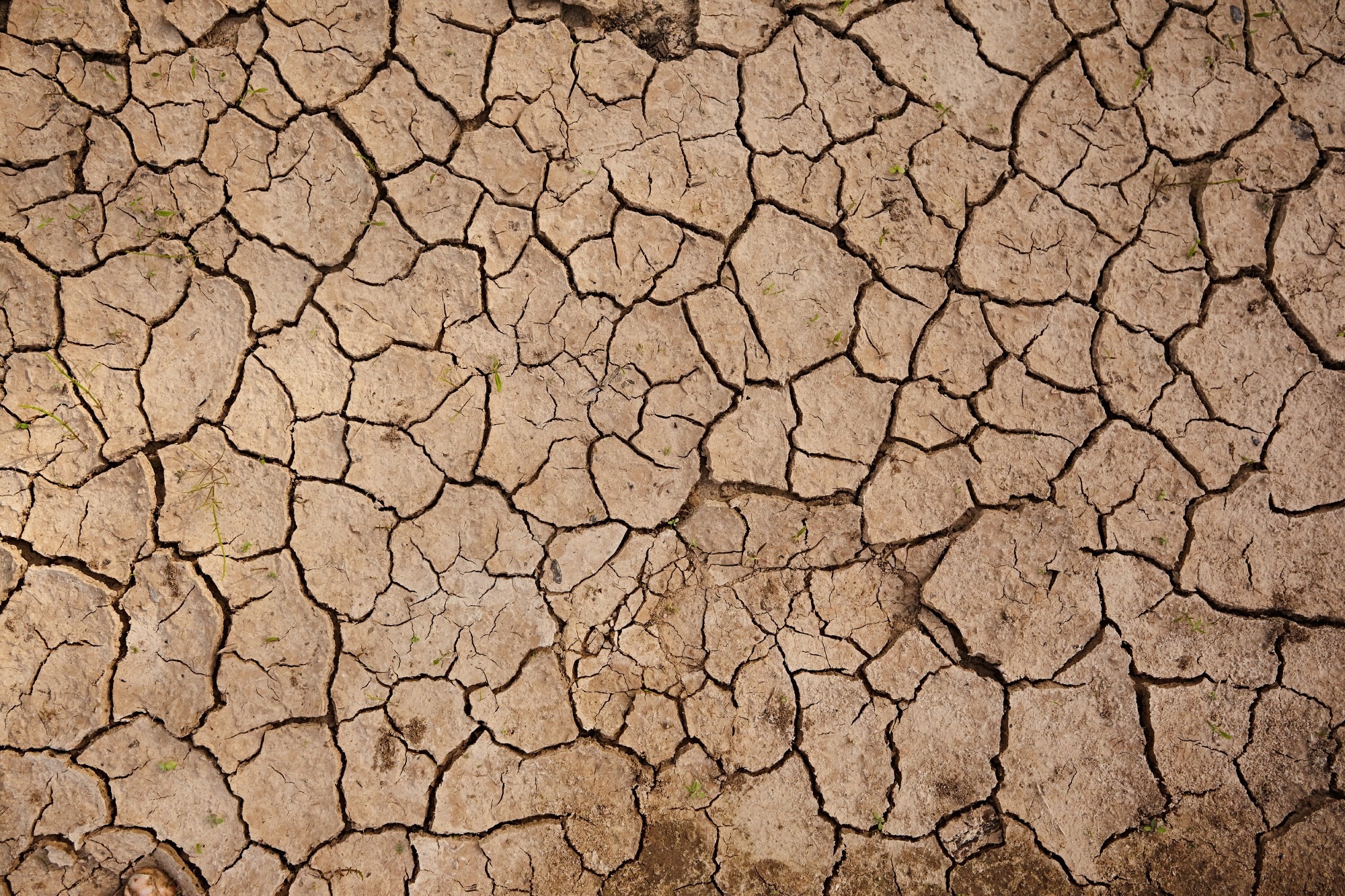Extreme weather events linked to climate change exacerbate health inequities for people living with HIV, impacting prevention, care, and treatment outcomes, particularly in vulnerable regions like sub-Saharan Africa.
 Study: Climate change and extreme weather events and linkages with HIV outcomes: recent advances and ways forward. Image Credit: Arctic_photo / Shutterstock.com
Study: Climate change and extreme weather events and linkages with HIV outcomes: recent advances and ways forward. Image Credit: Arctic_photo / Shutterstock.com
A recent review published in Current Opinion in Infectious Diseases summarizes current knowledge on the impact of extreme weather events (EWEs) related to climate change on human immunodeficiency virus (HIV) strategies.
How does climate cahnge affect people living with HIV?
About 54% of people living with HIV (PLWH) reside in Eastern and Southern Africa, both of which are regions that are vulnerable to torrential rains, as well as increasingly severe and longer drought seasons. In sub-Saharan Africa, EWEs are associated with a greater risk of HIV incidence due to the increased likelihood of risky sexual behaviors, including multiple partners and transactional sex (TX). EWEs are also associated with poorer adherence to antiretroviral therapy (ART) for HIV patients and adverse clinical outcomes among PLWH.
There remains a lack of research available on the impact of EWEs on HIV services. Whereas, one review has reported how droughts affect ART adherence, other studies have discussed the impact of climate change on vulnerable individuals at the population level and overall sexual health.
About the study
A total of 22 studies on HIV prevention and care in situations involving EWEs were reviewed in the current study. Prevention studies focused on risky sexual behaviors for HIV acquisition, such as condomless sex or TX.
HIV care studies examined HIV testing, incidence, and prevalence. The primary outcomes of these studies included clinical parameters, adherence to antiretroviral therapy (ART), access to therapy, engagement with HIV care, retention in HIV care programs, and wellbeing outcomes.
There were seven qualitative and 12 quantitative studies included in the review, as well as one using mixed methods. The reviewed studies were conducted across a total of 29 countries, 18 of which were in sub-Saharan Africa, whereas two, one, and one were conducted in the United States, Puerto Rico, and the Bahamas, respectively.
Most studies examined drought and inadequate water supply in relation to HIV care; however, none addressed EWEs of extreme heat, wildfires, and storms, including hurricanes, with respect to HIV prevention. Furthermore, no study examined climate-change-targeting HIV prevention strategies.
Multi-level impact of EWE
EWEs were found to impact HIV outcomes at multiple levels including damaged health infrastructure, which limited or arrested health interventions. These events interfered with access to crucial resources for patients, which limited their ability to adhere to ART.
EWEs also negatively affected the mental health of victims and disrupted social support networks by undermining community cohesion.
Increased exposure
Certain climate change-related events increased the risk of HIV exposure. For example, drought reduced the likelihood of condom use.
Six months of drought increased the risk of TX by two-fold among women who depended on agriculture but without any effect f other women. Drought or heavy rainfall was also associated with a higher number of sexual partners, whereas drought alone was associated with reduced HIV testing.
Drought and heavy rainfall also increased the risk of HIV and sexually transmitted infections (STIs), particularly among women and those residing in rural areas. TX rates increased when flooding occurred alongside difficulty in obtaining housing, as well as situations with limited water access or availability.
Poor outcomes
Clinical outcomes, including greater mortality and viral loads, worsened with drought, water insecurity, and storms. These effects may be attributed to dehydration, worse hygiene, fatigue, stress, and poorer mental health leading to lower adherence and engagement with therapy.
ART outcomes were worsened by drought, particularly among women and younger people, and did not resolve, even after rain returned. Lack of water, migration, and food insecurity also negatively impacted ART use.
Exacerbation of inequity
Wildfires are associated with an increased risk of respiratory illnesses, whereas droughts are directly associated with lack of access to clean water in adequate quantity. These effects of EWEs reduce hygiene standards and increase the risk of waterborne disease. Moreover, these outcomes negatively affect both service providers and PLWH, which reduces engagement with HIV care, thereby worsening existing social and health inequities.
Recommendations
A climate-related intervention aimed at improving wellbeing in a group of PLWH with small farms in Kenya was found to improve food security, as well as emotional, social, and healthcare outcomes. This intervention as also found to reduce HIV stigma while improving economic productivity and social status. Despite the lack of improvement in clinical outcomes, similar efforts could support the development of novel interventions for both urban and rural citizens, as well as those at a greater risk of contracting HIV.
The study findings emphasize the urgent need to develop climate-resilient mitigative strategies that include long-lasting ARTs, dispensing medications for longer periods, transferring HIV services to the local level, and creating mobile clinics. Nutritional programs can also help PLWH during periods of food insecurity, along with policies to help small farmers gain access to water during droughts.
Preventive interventions among students improved their HIV awareness, as well as their ability and willingness to adopt preventive measures. The awareness of climate change and EWE risk must be incorporated into future programs and policies to ensure that they include preparedness for emergencies and disasters related to climate change.
Future research is needed to identify how HIV preventive and care services can be continued during EWEs in vulnerable regions.
Journal reference:
- Logie, C. H., & MacNeil, A. (2025). Climate change and extreme weather events and linkages with HIV outcomes: recent advances and ways forward. Current Opinion in Infectious Diseases. doi:10.1097/QCO.0000000000001081.